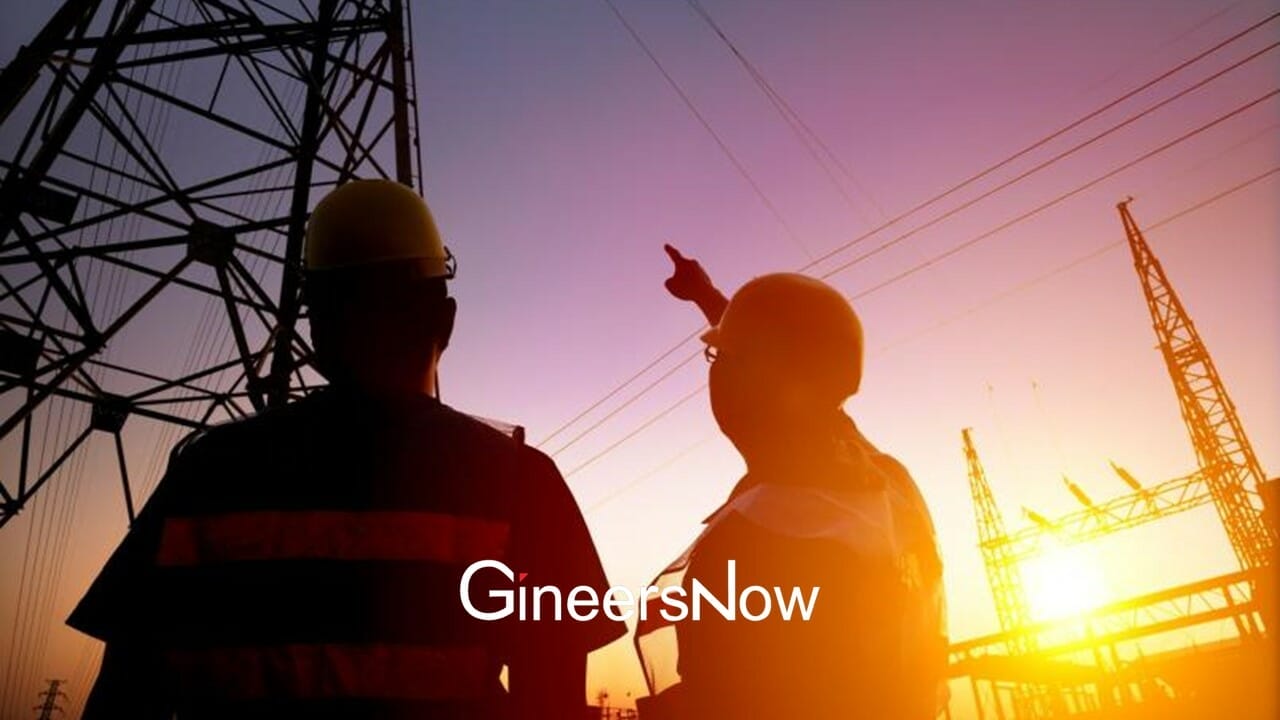Drones have been heralded as the future of so many different aspects of industries. Whether it’s using drones for delivery, warfare drones are poised to play an increasingly important role in many industries, including the engineering and construction ones. It is a component that is tipped to take flight, so let’s show you exactly how drones can improve the engineering industries.
Data Collection and Monitoring
With each passing year, there’s a greater selection of drones to choose from. From the DJI Avata to the DJI Mavic 3, drones have been an excellent addition to the engineering industry, particularly in improving data collection and monitoring. Drones equipped with high-resolution cameras and sensors can capture detailed aerial imagery and generate accurate 3D models of infrastructure and construction sites, which will provide valuable insights that can improve planning, identify issues early, and make more informed decisions.
Drones can survey and inspect areas that are difficult or dangerous for people to access. For example, tall structures or any hazardous environments. Therefore, engineers can gather comprehensive data without putting workers at risk. Drones can be used to continuously monitor the progress of construction or engineering projects, which provides real-time data to project managers and stakeholders. This component can help to identify potential problems early on, and improve overall planning and scheduling, and with regards to tasks like land surveying, it can reduce the time required by over 5%.
This may be a very small number, but when you look at efficiency with the bigger picture, this can result in faster project completion and reduced costs, while also enhancing collaboration between various aspects of engineering projects like the stakeholders and remote teams.
Enhancing Safety and Risk Mitigation
Drones have been an excellent tool that helped organizations to reduce hurt in several key ways. Drones can inspect dangerous or hard-to-reach areas, and this can mean that workers are less likely to be put in harm’s way. Unstable buildings or areas with potential hazards like exposed wiring and an accident waiting to happen.
Drones equipped with high-definition cameras can provide various imagery, for example, aerial pictures, as well as thermal imagery that can identify potential risks such as electrical hotspots or vegetation overgrowth. Therefore, engineers can take action before any issues escalate.
Because drone inspections can cause minimal disruption to business operations, this reduces the risk of accidents and downtime, especially in comparison to traditional methods that often require costly access or working at height. Aerial imagery can help engineers to thoroughly assess the condition of buildings, infrastructure, and equipment, and this can enable them to identify maintenance needs and prevent future problems, which reduces the risk of failures or incidents.

Increased Efficiency and Productivity
Drones can cover up to 120 acres of construction sites and infrastructure per hour, which can result in a 60x improvement in efficiency. The importance of real-time data to project managers through its cameras and sensors is a lifesaver because of its safety mitigations, but drones can automate a number of time-consuming and dangerous tasks, for example, inspecting tall structures or hard-to-reach areas, which reduces the need for human labor and expensive equipment, while also lowering transportation costs compared to traditional methods, resulting in more efficient supply chains.
Advanced sensors that gather high-quality data will always provide valuable insights for project managers and engineers, which, in turn, can enhance collaboration, communication, and ultimately, creativity. Drones are incredibly effective at boosting efficiency, productivity, and also the quality of data. Many organizations look at the importance of data-driven decision-making to ensure they’re not venturing beyond their capabilities and are always delivering projects to time. Better-informed decision-making is something that we’re all striving for in the engineering industry, and drones can be one of the most invaluable assets to this.
Expands Delivery and Logistics
Both engineering and construction industries can benefit from drones in terms of logistics and delivery. As drones can deliver construction materials, equipment, and supplies to hard-to-access or remote job sites far quicker than traditional ground transportation methods, this will improve the overall project efficiency, which reduces delays and also means engineering firms can service a wider geographic area.
Operating costs can be greatly reduced over traditional vehicle-based delivery models by between 40% and 70%. Drones eliminate, for the most part, the need for fuel, drivers, and even large delivery vehicles. This is ultimately dependent on the sighting question, but as many fleet companies are looking to reduce their delivery costs, drones can be an invaluable resource. It’s also worth pointing out that electric drones produce far fewer carbon emissions in comparison to traditional delivery methods like trucks and vans, which ensures drone delivery is a more environmentally friendly option. Engineering firms looking to reduce their environmental impact can benefit from reducing their costs and maximizing their impact. Drones can be an incredibly flexible solution to deliver critical tools, parts, or supplies to job sites as needed without relying on fixed delivery schedules, and this means engineering projects can stay on track with greater flexibility. As drone technology continues to advance in various areas like autonomy and payload capacity, drone delivery could be the missing link in the logistics and supply chain components of the engineering and construction industries.
Improved Collaboration and Communication
Drones can be shared in real-time, as we’ve already stated. Drones can be an invaluable tool for collaboration and alignment across various aspects of the engineering project. Because drone-generated maps, 3D models, and progress tracking data provide a comprehensive view of construction sites and infrastructure, this increased visibility can keep all parties informed and on the same page about project safety analysis and potential issues.
Annotated drone imagery and measurements can be incorporated into project meetings and progress reports, and this visual data can help to facilitate discussions and align teams, but also, more crucially, make more informed decisions. Because fragmented parts of a team can struggle with various aspects of communication, it becomes vital to reduce communication barriers.
As drone technology can enable remote access to job site information, this reduces the need for in-person visits and site inspections, which can improve communication and collaboration between personnel in the office and in the field. What’s small when it comes to records, drone-captured data can serve as a detailed record of construction progress and site conditions to help hold contractors accountable and resolve potential disputes. Accountability is such an important component in any business that drones provide real, tangible documentation that can help build bridges literally and metaphorically.
Will Drones Transform the Engineering Industry?
Drones can seem like a tool that’s too good to be true. Many organizations are raving about what AI can do to streamline workloads and in many ways, drones can help in a far more literal weight. Because drones can capture high-resolution aerial imagery, this data can be used to improve planning in so many different ways. Engineering projects need to make more informed decisions, and when we look at how drones can improve so many of these different aspects, it is likely that as drone capabilities continue to advance, the transformative impact on engineering is expected to grow even further. But this is why it’s important to be aware of some of the key challenges as well:
- Technological challenges, for example, reliability issues, system failures, risks of explosions in hazardous areas, and of course, battery limitations that can constrain the overall flight time are definitely worth considering in terms of the bigger picture.
- Operational challenges can be another component that needs great consideration. For example, ensuring reliable data compatibility and transfer within the existing structure may prove troublesome. However, this is not just something to be considered in terms of drones themselves, but any new item of equipment can be an incredible challenge to implement, especially when an existing technical infrastructure has been in place for a long time, because of the equipment itself, as well as reticence from the workforce themselves.
- Organizational challenges can be another major issue, for example, establishing routines and processes for drone operations and even training and developing drone pilots and operators.
- Navigating privacy regulations and restrictions around drone use is still an ongoing issue. Regulatory challenges, depending on where you are, can prove troublesome. The Federal Aviation Administration (FAA) has been tasked with establishing rules for widespread drone flight but has only been authorizing drone use on an ad hoc basis so far, making it difficult for engineering firms to develop any consistent policies and procedures for drone operations.
- Finally, societal challenges can be an issue to overcome, and building trust in the reliability and safety of drone technology among both workers and the public can be a major hurdle that organizations need to address.
The engineering industry will continue to evolve alongside technology, and a drone is something that will make a whole heap of changes within this type of environment. However, it’s important to recognize that a drone can be revolutionary in its own little way, and it may take some time for it to truly take over.










